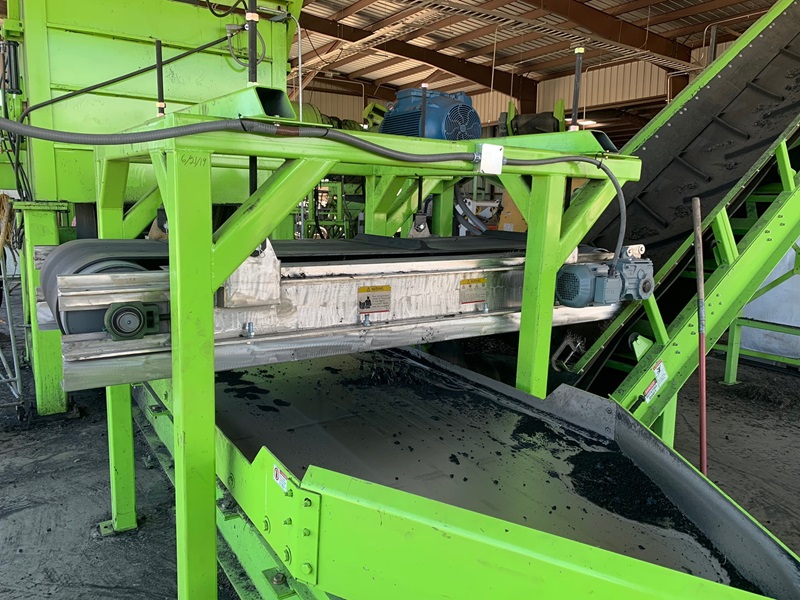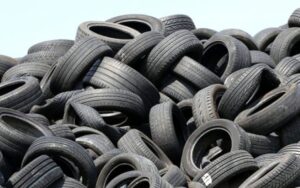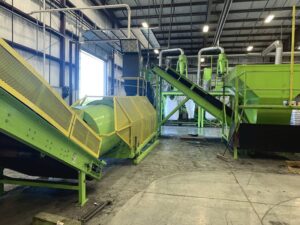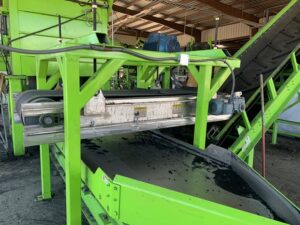
Magnetic Separation: Magnets extend beyond being enjoyable children’s toys or mere refrigerator decorations. In various industries, assembly lines leverage magnets to segregate ferrous (iron-based) materials from non-ferrous ones. This technology has emerged as a game-changer, presenting numerous advantages in assembly lines. This blog post delves into five significant benefits of magnetic separation and offers examples of its application in specific industries.
How do magnetic separators function?
Before delving into the benefits, it’s essential to comprehend the operation of a magnetic separator. These separators operate on the principle that materials containing iron are magnetic and are drawn to a magnetic field. Typically, they consist of a stationary magnet or an electromagnet with a conveyor belt or drum that transports the material through the magnetic field. As the material traverses this field, any ferrous particles adhere to the separator’s surface and are diverted from the main line, while non-magnetic materials proceed along their path.
The effectiveness of this process hinges on factors such as the strength of the magnetic field, the speed of material movement, and the size and magnetic properties of the particles being separated.
Magnetic separators come in various types, including:
- Overband magnets
- Magnetic pulleys
- Magnetic drums
- Magnetic grids
While numerous separators, such as gravity, sieves, or air pressure, are employed in assembly lines, magnetic separators stand out for specific reasons.
1. Easy to Install
Unlike many assembly line machines that can be challenging to install, magnetic separators boast ease of installation. In various scenarios, they can seamlessly integrate into existing assembly lines without substantial modifications. For example, in the mining industry, magnetic separators are smoothly incorporated into conveyor belts to eliminate unwanted metallic particles from mined materials, minimizing downtime and reducing production costs.
2. Ultra-efficient
Magnetic separation excels in its exceptional efficiency in removing magnetic contaminants from materials. Unlike human-based separation or quality control, which is subject to breaks and reasonable work hours, magnetic fields do not wear out or require downtime. In the food processing industry, for instance, magnetic separators efficiently remove iron and steel contaminants from raw materials or finished products, ensuring product quality and safety.
3. Low Maintenance and Long Lifespan
Magnetic separation equipment is renowned for its low maintenance requirements and impressive longevity. While other processing equipment requires constant maintenance, magnets stand out as equipment that doesn’t wear down. In the wastewater treatment industry, magnetic filters are utilized to separate solids from liquids, reducing maintenance costs and ensuring consistent and reliable long-term operation.
4. Saves Labor
Implementing magnetic separation significantly reduces the need for manual labor in assembly lines. Electromagnets eliminate the strenuous manual handling of heavy ferrous materials like steel bars or wire, reducing labor costs. In the automotive manufacturing industry, robots equipped with magnetic grippers handle and assemble metallic components, enhancing efficiency and reducing the risk of workplace accidents.
5. Creates Profitable By-products
Magnetic separation not only separates unwanted materials but can also generate profitable by-products. In tire recycling, for instance, rubber tire shredders break down old tires into small pieces, and magnetic separation is then employed to extract steel wires found in tires, which are sold as scrap metal. This dual benefit of waste reduction and creation of valuable by-products highlights the economic advantages of magnetic separation in recycling.
Are magnetic separators cost-effective?
The cost of a magnetic separator can vary from a few hundred to a few thousand dollars depending on your industry and the size of your processing plant. Despite the initial investment, the savings in wages, contaminated products, and downtime make magnetic separators a cost-effective solution in the long run. To ensure cost-effectiveness, it’s crucial to work with a reputable and reviewed equipment provider when setting up your assembly line.
In conclusion, magnetic separation offers a range of advantages for assembly lines across diverse industries. For businesses aiming to optimize operations, considering the integration of a magnetic separator into the manufacturing system can enhance productivity and sustainability. The seemingly magical ability of magnets to counteract the force of gravity contributes significantly to the efficiency of various sectors.










